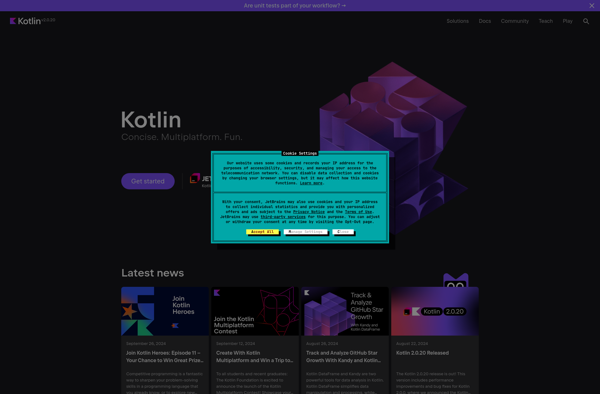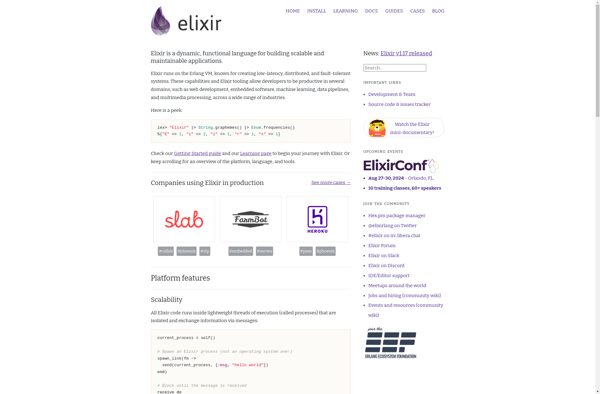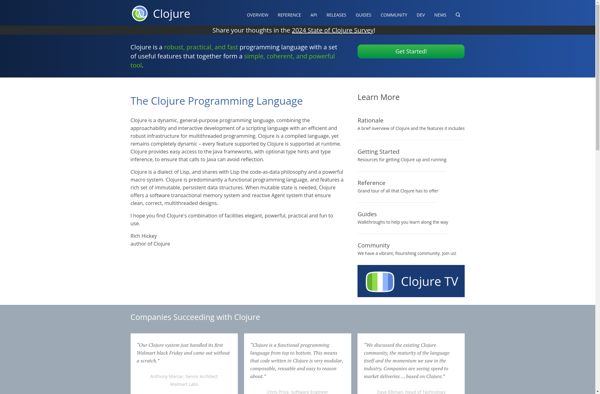C#

C#: Object-Oriented Programming Language
C# is an object-oriented programming language developed by Microsoft as part of the .NET framework, featuring a C-like syntax for building various applications on .NET.
What is C#?
C# is an object-oriented, general-purpose programming language developed by Microsoft. It was first released in 2002 as part of the .NET framework, and since then has become one of the most popular programming languages used for building a wide range of applications.
Some key features of C# include:
- Object-oriented - Supports concepts like inheritance, abstraction, encapsulation, polymorphism
- Managed code - Memory allocation and de-allocation handled automatically by the .NET runtime
- Strongly typed - Variables need to be strictly declared before use
- Interoperability - Ability to interact seamlessly with code written in other .NET languages
- Open source - The .NET core runtime and frameworks are open source and run on Linux/Mac
C# is used for developing Windows desktop applications, games, mobile apps (Xamarin), ASP .NET web apps, back-end services, APIs, cloud solutions (Azure), VR/AR apps, database-driven software, and more. It offers high performance and scalability for building enterprise-level applications.
Some major companies/products using C# include - Microsoft Office suite, Azure Cloud Services, Unity Game Engine, Adobe Creative Cloud apps, Visual Studio IDE, Windows OS.
In summary, C# is feature-rich, versatile and one of the top choices for building business applications targeting the Windows ecosystem as well as cross-platform solutions.
C# Features
Features
- Object-oriented programming
- Type safety
- Automatic memory management
- LINQ query capabilities
- Asynchronous programming support
- Functional programming support
Pricing
- Free
- Open Source
Pros
Cons
Reviews & Ratings
Login to ReviewThe Best C# Alternatives
Top Development and Programming Languages and other similar apps like C#
Here are some alternatives to C#:
Suggest an alternative ❐Python

Go (Programming Language)

Kotlin

Julia

FreeBASIC

Free Pascal

Elixir

C (programming language)

Smalltalk

Jython

Haxe

Haskell

Groovy

Erlang

V (programming language)

IronPython

REBOL

Ceylon

SdlBasic

Wyvern

Pike programming language

Clojure

SMX
Object Pascal
P Programming Language

Pony language

Objective-C

Beef Programming Language

X10 (programming language)

Jabaco

GDscript

Cobra

Objective-J

Guile
